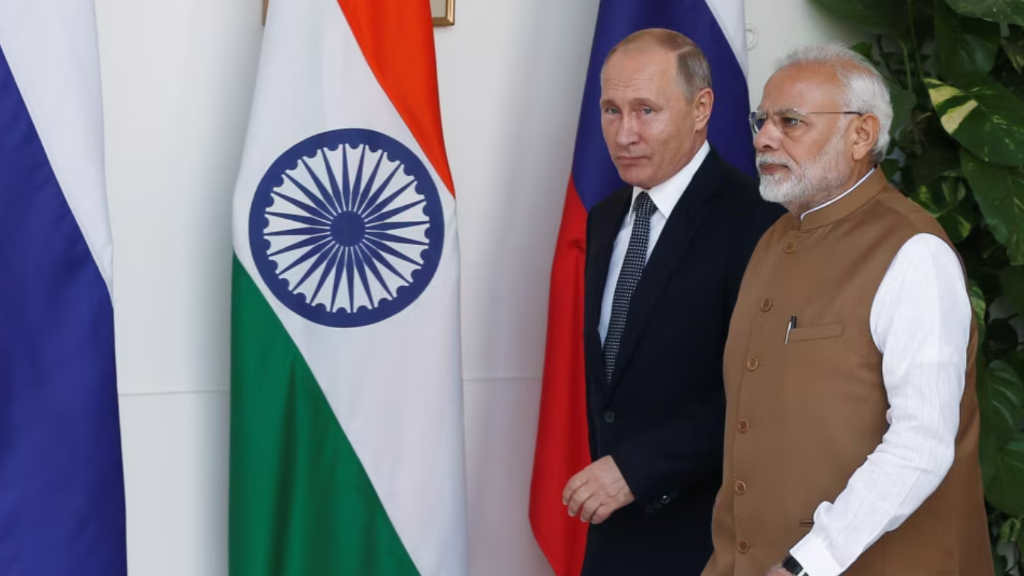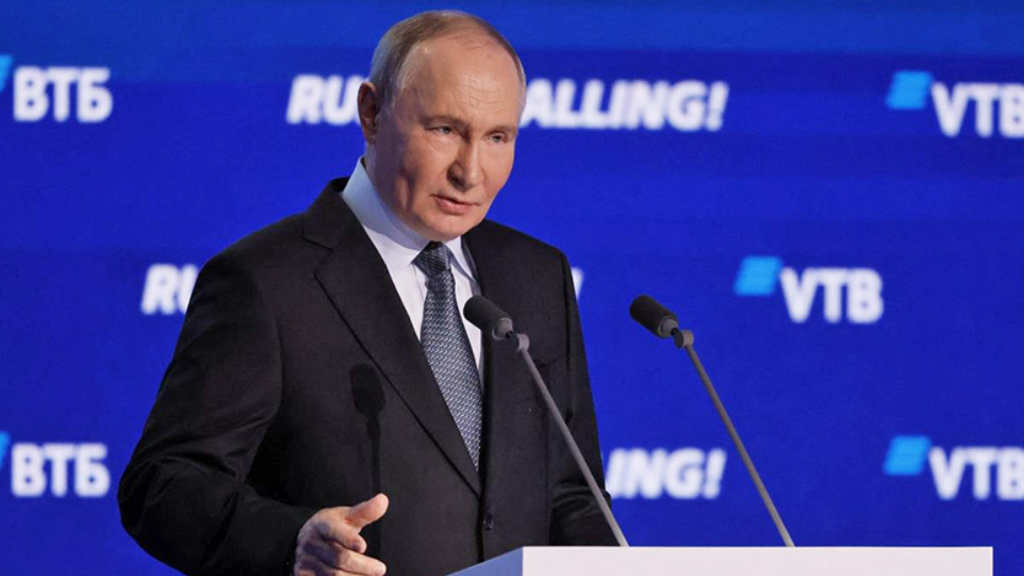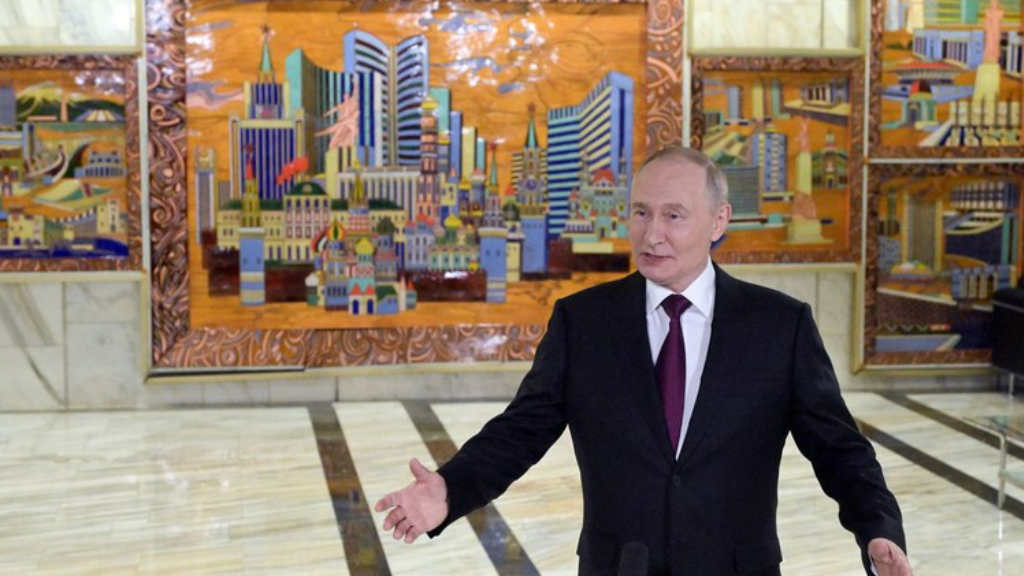The countries of the Global South, which include 133 countries in Asia, Africa, Latin America and the Middle East, will trade more actively with China in the next decade, the Boston Consulting Group (BCG) has stated in their latest report.
They note that trade turnover between China and the Global South will grow by 5.9% on-year over the next decade. By the end of 2023, China has already become the main trading partner of 63 countries in the Global South (in 2013, China was the main trading partner of only 36 countries). Direct investments in the countries of the Global South have already exceeded investments in developed economies by the end of 2023 they amounted to US$525 billion and US$464 billion, respectively.
Analysts predict that by 2029, the combined GDP of the Global South will grow by an average of 4.2% on-year, compared with 1.9% in developed economies, and trade volume will reach US$14 trillion by 2033. Countries such as Vietnam, Thailand and Mexico act as operators of the trade flow between China and the West.
According to BCG forecasts, by 2029 India will become the third economy in the world with a GDP of US$6.31 trillion, Brazil the eighth with US$2.85 trillion, and Indonesia the 16th with US$2.03 trillion. Countries such as Saudi Arabia US$1.408 trillion (19th place), Bangladesh US$719 billion (25th place), Argentina US$714 billion (26th place) and the Philippines US$707 billion (28th place) will also rise in the world ranking.

Subsets of the Global South are linked in various configurations through multinational alliances and trade agreements. One such grouping is BRICS+. Others include the ten member states of the Association for Southeast Asian Nations (ASEAN), the African Continental Free Trade Area, and South America’s Mercosur.
Thanks to this, the countries of the Global South will strengthen their influence in the global economy. BCG states that they account for more than 60% of the world’s population.

The report notes that the Global South is moving away from the role of a resource provider and is developing internal value chains. For example, Indonesia now processes nickel domestically rather than exporting raw materials, and Chile is developing lithium-based production, including batteries and components for renewable energy sources.
These countries are balancing between the United States, China, the EU and Russia, building pragmatic partnerships. For example, India is simultaneously deepening ties with the United States, China, and Russia, developing trade, the digital economy, and industry.
Further Reading
Russia’s Ministry of Trade Incentivizes Non-Energy Export Trade To The Global South





